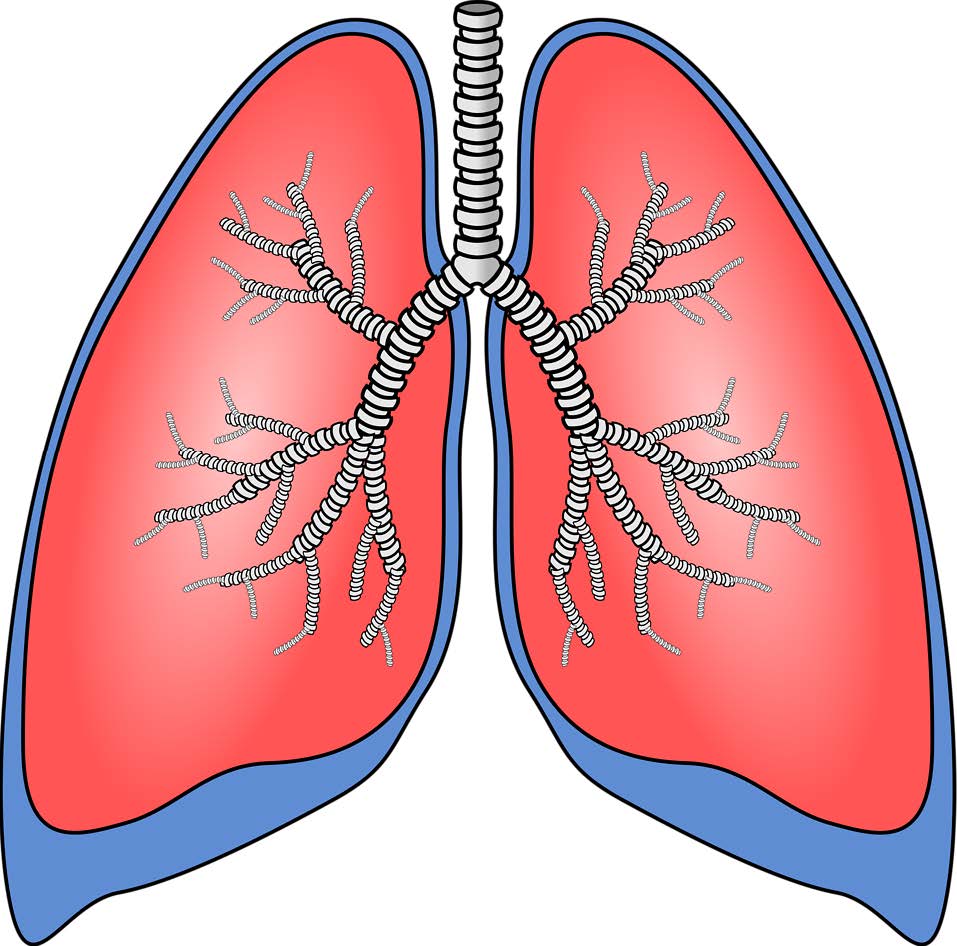Overview
Materials
Per Class:
|
Per Research Team:
|
Instructions
Students work in teams to devise a method of getting potent anti-cancer medication into the lungs of a patient without the medicine reaching other organs and causing serious side effects.
- Tell students that patients with lung cancer don’t always respond to available treatments, and that new drugs are tested in clinical trials to see if they can be more effective for some patients. Lung cancer often needs extremely potent drugs, but these drugs can cause serious damage to other organs. When drugs are delivered by blood or ingested, they will come into contact with many other organs before they reach the lungs. For this activity, students are to imagine that they are biomedical engineers/researchers. They are working with a promising, potent anti-cancer drug, but need to figure out how to deliver it straight to the lungs of a patient. Their task is to choose a method of delivery for this drug.
- Briefly provide basic information about lung cancer. Then explain how drugs can enter the lungs via the blood or via air a person breathes in. Use the diagram to help students visualize the flow of blood through the heart and lungs. Describe how drugs taken orally or via syringe enter the bloodstream. Inhalers allow drugs to enter the lungs directly. However, the drugs can then pass from the lungs into the blood and still affect other organs.
- Take one of the boxes of supplies and show students each item. Make sure that they know what each one is for. Demonstrate the properties of ferrofluid by using the magnet.
- Organize students into teams and distribute boxes of supplies to each team.
- Tell students to draw a chart on their paper made of three vertical columns. They should label each column in the following way: Left column: List each item in the box; Middle column: how each item could help deliver it directly to the lungs; Right column: the limitations of each object. Once they’ve thought about each item in the box systematically, the group should collaborate to develop a delivery plan for the drug.
- Encourage students to consider any and all ideas, because sometimes good ideas emerge from bad ones. Also encourage sketching as another idea generator. Visit
each team during this step, reminding them of various properties of the items in the box and asking questions that help students to stay with the challenge. - Students use the big sheet of paper and marker to write down the idea that they want to present to the other teams. They can include diagrams if helpful.
- As time allows, other teams can ask questions about the ideas being presented.
- Note that scientists are in fact experimenting with using ferrofluid as a means of drug delivery. They are researching what happens if ferrofluid stays in the body, and how ferrofluid might affect the environment once it is out of the body.
Guiding questions
-
What are different ways you have taken medicine, and what effects did they have?
-
If you use the syringe to put medicine into an IV, where might the IV be attached to get the medicine to go to the lungs and not stay around other organs?
Engineering & science connections
- Ferrofluid was invented in 1963 at NASA as a liquid rocket fuel that could work in a weightless environment by applying a magnetic field. Ferrofluids are nanoparticles of iron oxide. These tiny particles float around without ever fully sinking in the fluid, and they are coated with surfactants that keep them from clumping. They are magnetized in the presence of a magnetic field, but they don’t retain their magnetic properties once they are out of the magnetic field.
- Engineers use ferrofluid in computer disk drives, low- friction seals, and loudspeakers.
- Biomedical engineers study how drugs move through the circulatory system, tissues, and cells to develop drug delivery systems. They must consider the impact of medicine on the destruction of tissue, the disruption of acidity levels, and interference with the organ’s function.
- Other drug delivery systems developed by biomedical engineers include:
- Microneedle arrays, which are dozens of microscopic needles coated or filled with medicine. They can penetrate the skin but don’t reach the nerves in the skin so it is painless.
- Nanosponges, which are tiny polyester particles filled with anticancer drug and covered with compounds that target the disease. The covering makes them head directly for the tumors. They lodge there and slowly degrade over time, releasing the drug.
- Modified viruses, which deliver nanoparticles that would otherwise be stopped by the immune system by using viruses’ natural ability to infiltrate cells.
Produced by the Materials Research Science and Engineering Center and the Internships in Public Science Education Project of the University of Wisconsin – Madison. Funding provided by the National Science Foundation.


0 Comments